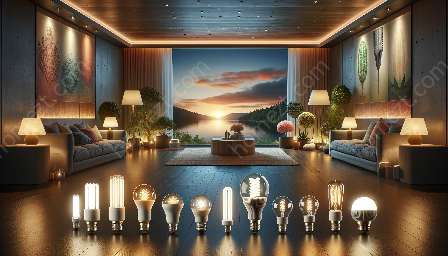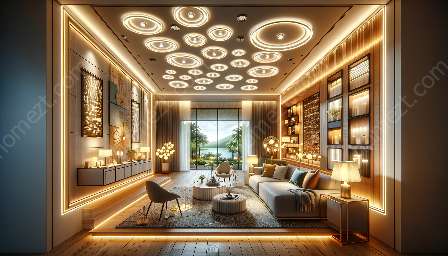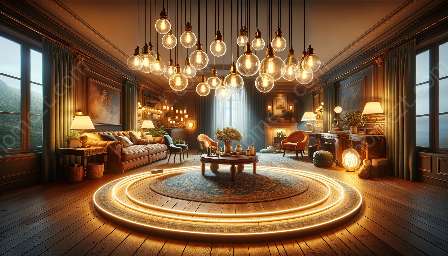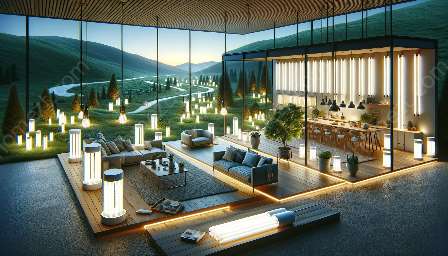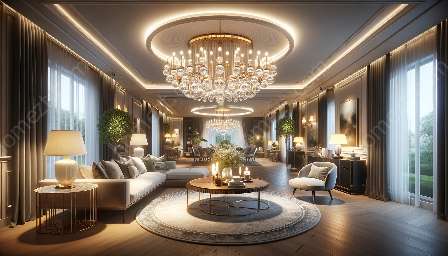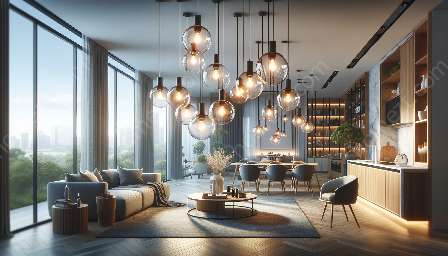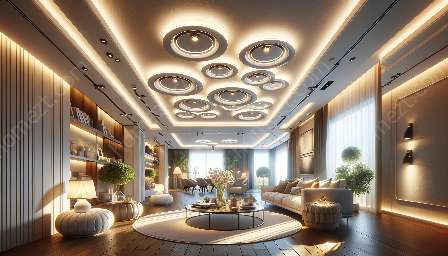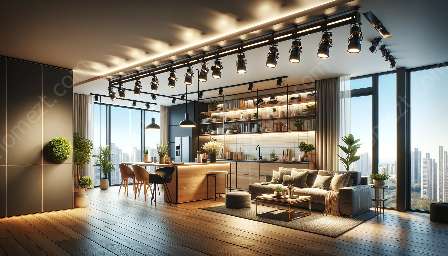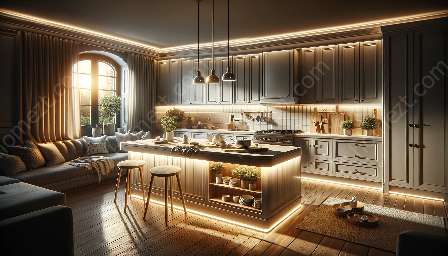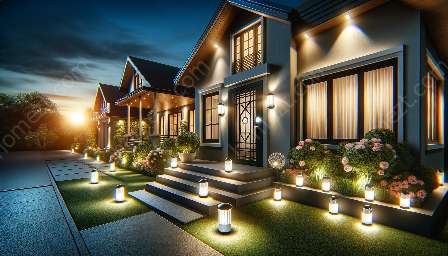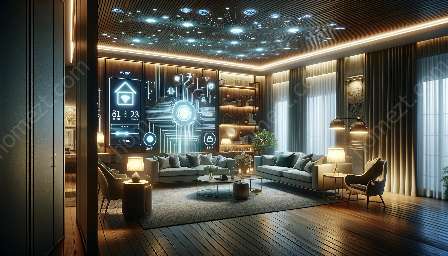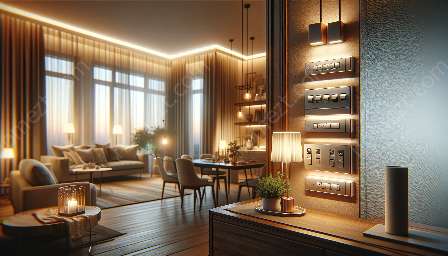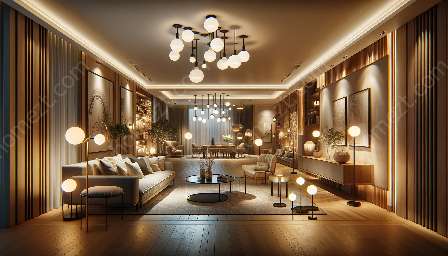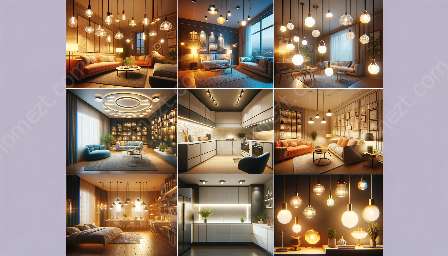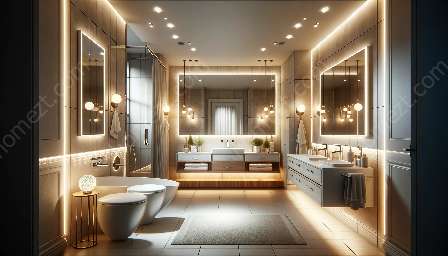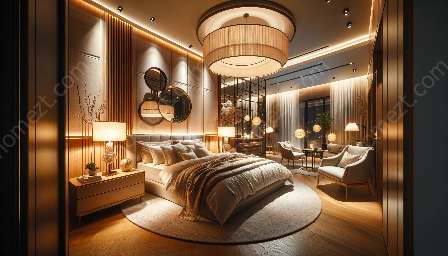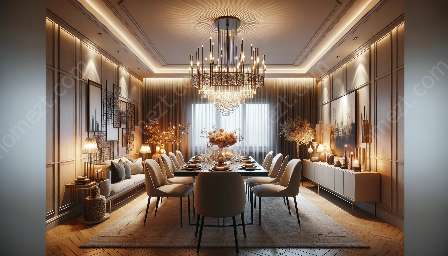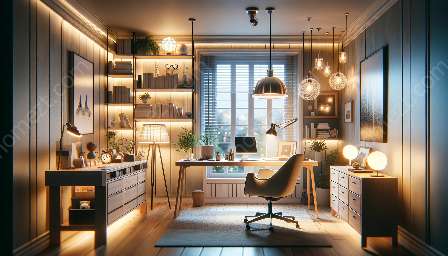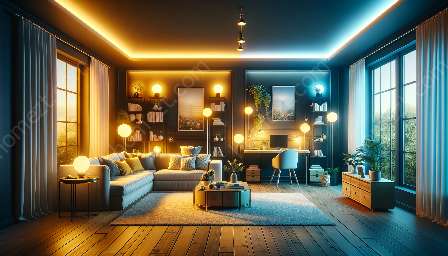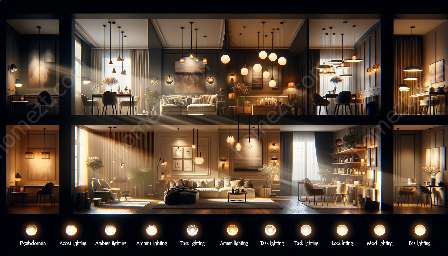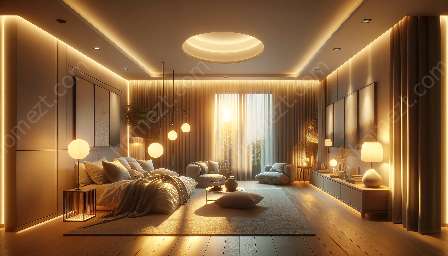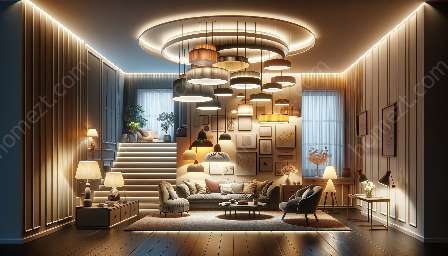Layered lighting is a sophisticated approach to illuminating a space that involves the strategic use of different lighting elements to enhance the ambiance and functionality of a room. When it comes to home improvement, understanding how to incorporate layered lighting can transform your living space into a captivating and functional environment.
Understanding Layered Lighting
Layered lighting is the art of combining different types of lighting, such as ambient, task, and accent lighting, to create a dynamic and versatile lighting scheme. By carefully layering these elements, you can achieve a well-balanced and visually appealing atmosphere that not only illuminates the room but also complements the overall design of your home.
The Impact of Layered Lighting on Home Improvement
Layered lighting can significantly impact the overall aesthetic and functionality of a space. By incorporating multiple layers of illumination, you can create a cohesive and inviting atmosphere that adapts to different needs and moods throughout the day. For example, ambient lighting can provide general illumination, while task lighting can enhance specific areas for activities like reading or cooking. Additionally, accent lighting can be used to highlight architectural features or artwork, adding visual interest to the room.
Benefits of Layered Lighting
There are several benefits to incorporating layered lighting into your home improvement projects:
- Enhanced Ambiance: Layered lighting allows you to create various lighting levels, adding depth and dimension to your living space.
- Improved Functionality: By strategically placing different lighting sources, you can make the room more adaptable to different activities and tasks.
- Visual Appeal: Well-planned layered lighting can elevate the design of your home, drawing attention to key features and creating visual interest.
Implementing Layered Lighting
When implementing layered lighting, it's essential to consider the following:
- Types of Lighting: Understand the different types of lighting, including ambient, task, and accent lighting, and how they can work together.
- Fixture Selection: Choose lighting fixtures that complement each other while serving their specific purposes within the layered lighting scheme.
- Placement and Control: Carefully plan the placement of lighting fixtures and consider using dimmers to control the intensity of each layer.
Practical Applications
Layered lighting can be applied to various areas of the home, including:
- Living Room: Incorporate ambient lighting with floor lamps, task lighting with adjustable reading lamps, and accent lighting to highlight artwork or decorative features.
- Kitchen: Combine recessed lighting for general illumination, under-cabinet lighting for task-oriented activities, and pendant lights over the island for accent.
- Bedroom: Utilize a combination of overhead lighting, bedside lamps for reading, and decorative sconces for accentuating the room's design.
Conclusion
Layered lighting is an essential aspect of home improvement that can transform the look and feel of your living space. By thoughtfully incorporating different lighting layers, you can achieve a harmonious and functional environment that enhances the overall appeal and usability of your home.

